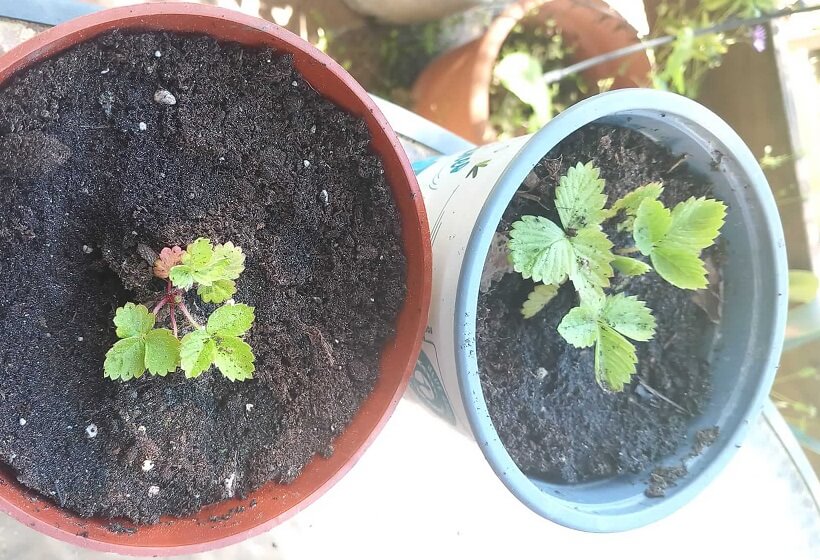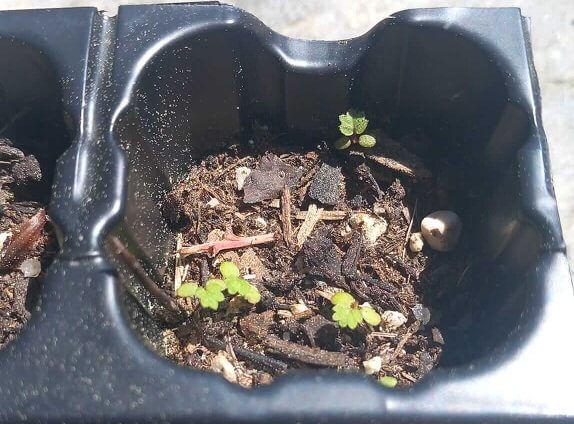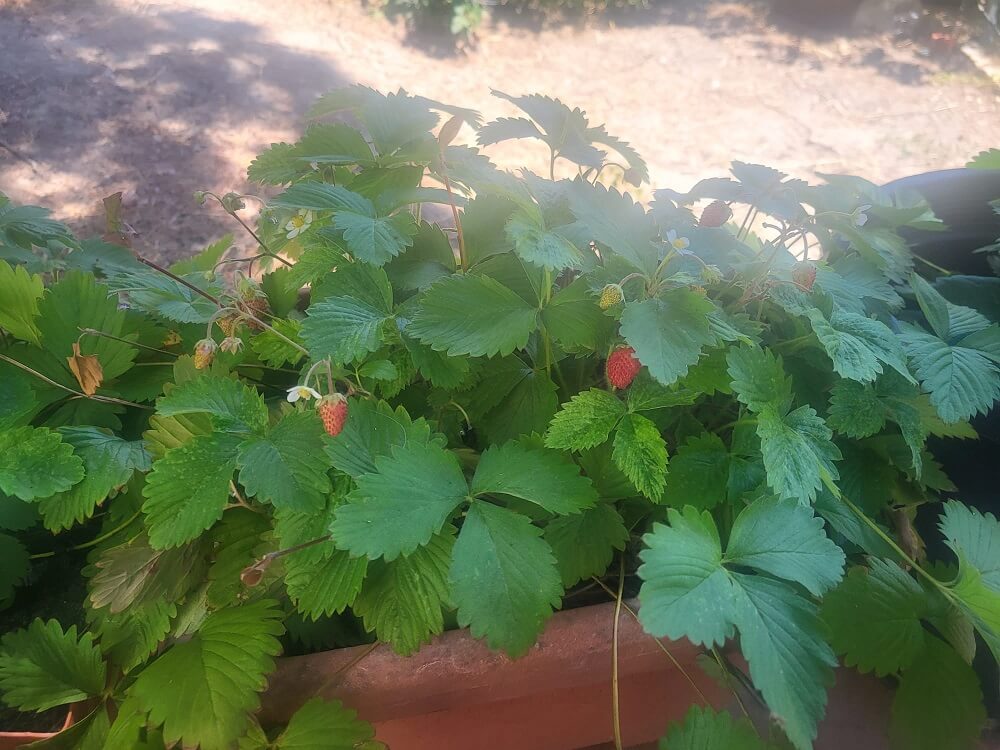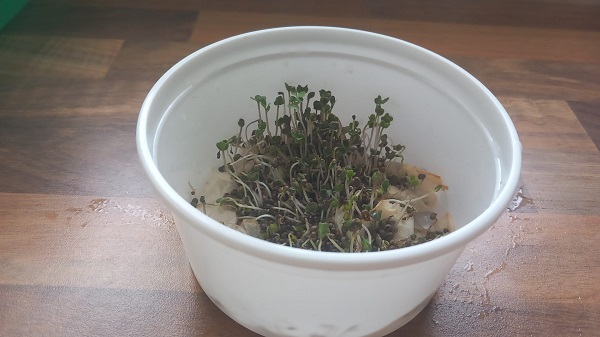Forest strawberries or wild strawberries have many advantages when it comes to having them in our garden, instead of strawberries or strawberries that are normally found in nurseries. We started with a nursery strawberry plantation, but little by little we are replacing them with wild strawberries.
The most wonderful thing about this type of Strawberries is that they bear fruit almost all year round, except for the hardest days of winter.
It costs a little germinate them and find their ideal place in your garden or terrace, but with these simple tricks you will see that it is very simple.

Constant but moderate watering.

Being from the forest, they grow under the shade of trees, so semi-shade.

Dropper

Medium Difficulty

Tolerates well all temperatures, preferring moderate ones.

Through seeds
Forest Strawberry Care
Soil Requirements
It is important to know where a plant grows naturally. In this case, in forests, so you will need a soil rich in compost, nutrient-rich and loose.
Light Requirements
Again, we must take into account that it is accustomed to the shade of other plants, so try to put it in summer in the shade, but with indirect light. Under a leafy tree or hedge is ideal. In autumn they prefer light (most trees lose their leaves at this time) and in winter, if possible, protected from frost, although they tolerate them well. Obviously, if you have them in pots as we do, you can change them from place to place, if they go to the ground, look for the shade of a deciduous plant.
Irrigation
This plant needs constant but moderate watering. Their root system is relatively small, so they have difficulty storing a lot of water. The plant is quite expressive, as soon as you see that the leaf is falling, the plant is dehydrating, but it can hold out for a while like this without suffering. too much.
Irrigation Methods
For this plant, drip irrigation is ideal, since its short root system means that they do not reach too far down for a hose exhudation. And if you plant them in pots, all the more reason.
Forest Strawberry Care
Pest Protection
One of the reasons why you should not water them too much is that the plants, but especially the fruit, are very sensitive to humidity, since strawberries usually touch the ground, and their leaves are very dense, so they allow little ventilation. This makes them very sensitive to fruit rot and attacks by fungi and thrips.
It is common that they suffer attacks to their fruits, and these are eaten by snails, slugs, ants and birds, although in our experience, much less than nursery strawberries; only ants have been a slight problem for us.
How to Reproduce Wood Strawberries
Seed Reproduction

Woodland strawberries do not have stolons, those stalks that run along the ground and that their commercial relatives use to reproduce.
Therefore, we only have the option of using seeds, which we found a little difficult to germinate. The trick to do it is simple:
One of the most fascinating things about plants is the different methods they use to protect their seeds. In this case, strawberries cover their seeds with a film that only dissolves in the cold. They do this so they don’t germinate in winter, so if the seed doesn’t get cold, it won’t germinate. If you save the seeds in spring, you will not have problems, but if you do it from spring onwards, you should put them in the refrigerator for a couple of months.
Collection
To obtain seeds, set aside a strawberry until it dries out. The seeds of the strawberry are its seeds and you will see that despite their small size, each one will yield several dozen seeds.

Sowing
Remember the trick of cooling the seeds before sowing. To plant, put them in a very rich substrate and try to water very sparingly, it is better to fall short than to overdo it, even when the plant begins to germinate.

Nutritional properties
Forest Strawberries are rich in fiber and Vitamin C, as well as a multitude of minerals.
Associations
Strawberry has a shallow root system, and produces low leaves.
| Compatibilities | Incompatibilities |
|---|---|
| Bean, Lettuce, Onion, Spinach, Thyme. | Brassicas (cabbage, cauliflower, kale) |
| Deciduous Trees and Hedges |
Now that you know how to grow and care for wild strawberries, here are some recommendations that we think you may find useful when planting them at home:
🌿 Strawberry Forest Seeds
Grow your own wild strawberries at home and enjoy their authentic flavor.
👉 View on Amazon💧 Drip Irrigation
A basic to keep your orchard or garden always hydrated without effort.
👉 View on Amazon🪴 Rectangular Planter
Easy to handle and with the ideal depth for your plants to grow strong.
👉 View on Amazon


